Looking Back at the First Burnout | One Series, One Completely Different Title
One Series, One Completely Different Title is a series of articles that focus on introducing people to games that are completely different compared to what the series is known for; the first part of this series of articles is dedicated to Burnout, specifically the first Burnout released on PlayStation 2, Xbox, and Gamecube.
THE THIRST FOR SPEED IS NEVER GRATIFIED WITHOUT BURNOUT!
When Criterion developed Burnout 3: Takedown, no one could have imagined that this entry was intended to become an iconic title of the genre, because when we looked at its past we see different games. Burnout is known for its unique physics-emphasized gameplay and an important element called Takedown, by which you can wreak havoc on rival racers. Using these, Burnout became a unique title and after the third game, we started to see it and its sequels everywhere. Not to mention that its uniqueness was because of using a proprietary engine called RenderWare that was capable of doing everything at the highest quality, as a result, creating truly impressive moments. This, along with a memorable soundtrack, made for a title that no game could (or still can) rival. That’s what we know the name Burnout by, things that couldn’t be seen in the first game. So let’s explore Burnout 1 (we’ll call it B01 for short from now on).
B01 OR REAL BURNOUT?! THIS IS THE PROBLEM!
If I can be really honest here, I can say only one thing about B01; it’s not a tolerable title, let alone does it feel like a Burnout. The series started out as a simple racer with high-quality graphics (5th gen textures for background landscapes to create a mish-mash), and a Boost system called Burnout. There is no such thing as Takedown yet, nor is there is any hope to be in the first place when you see your rivals are as fast as an SSC Tuatara, despite the fact that when you use their vehicles, you won’t be able to witness such speed! Also, there is no information on each car when selecting one before a race!
As you can see, the name of each car is the only information available, along with the difficulty that shows how hard the race will be when using the car you select. Also, I don’t know why, but you have to first select a vehicle and then select a race and after that confirm those choices.
(Screenshot courtesy of GXZ95 YouTube channel)
The rules are simple, but becoming a master of them is literally hard. The game is all about reaching checkpoints to add time to your clock and get the required position, but honestly, it’s so hard to do so because of three things: traffic, rivals, and the limited number of times to retry each Grand Prix through the Championship. People’s cars are everywhere and sometimes they block your way and are on top of you, all while your rivals are fast as lightning. Also, the traffic won’t let you do what you want, and sometimes (or most of the time for me) you find yourself crashed into other vehicles, and the accident scene can be shown again and again. During these replays, the time passes and reaching checkpoints gets harder and harder to add time. All of this is wrapped in repetitive music that can torture the player. Also, respawning yourself after an accident can mean being in a situation that you can’t escape from, which occurs regularly thanks to the PITA traffic. But the interesting feature here is, of course, the accident scenes and one can even save them after finishing each race. This is a respectable idea, but to tell the truth the physics system in B01 is not good enough to create intense accidents. When crashing into traffic, there is a handy number at the bottom of that screen that functions as a keyword, allowing the player to track down an accident later to save it as a video.
It’s difficult to put into words how you feel when you see an accident scene two or three times.
(Screenshot courtest of LongplayArchive YouTube channel)
NOT WORTH REVISITING AND A WASTE OF TIME
B01 belongs to a select group of video games that can torture anyone with only a few features: dense traffic with repetitive music along with powerful AI that devastates the balance of the game. Also, the number of times to restart a Grand Prix is so limited that I often decided to not finish a session, since each Grand Prix is a selection of three, agonizing races.
Other features made it become a worse title for me. I don’t know what Criterion was thinking, but in B01 you face three types of arrows that show you along the way. They’re not an important factor to win a race, but the game shows each type of them constantly. Also, one type of these arrows is only a medium by which cars can go through and destroy you; that, for me, was the most difficult part of the game.
Three types of arrows in one screen?! One type at the top of the screen, another one at the left or right side, and the last one along the road.
(Screenshot courtesy of LongplayArchive YouTube channel)
Some cars go through these arrows and create such scenes, for me they were the bosses of the game. (Screenshot courtesy of LongplayArchive YouTube channel)
There’s also a Boost bar that can be used only when it’s filled up by driving dangerously. To fill the Boost bar you have to gain these various points: you can gain Near Miss points by driving near people’s car, Oncoming Traffic by driving in the opposite direction, and Drift by drifting. However, if you use the Boost bar and gain these points simultaneously, the bar will refill and you can use the Boost bar again and create a Burnout chain where you’re able to use the Boost bar endlessly until you stop driving dangerously. B01 is a simple title, but this is a cool mechanic in the gameplay; however, it can’t be implemented easily.
Important messages like “Boost Available Now” are shown like this, but said arrows are shown the way you think they must be important. However, they’re petty ideas for an arcade racer. That’s why I call it a mish-mash with simple rules.
(Screenshot courtesy of LongplayArchive YouTube channel)
SIMPLEST 3D RACING GAME OF THE 21ST CENTURY?!
A rewards system doesn’t exist in B01. After starting Championship, which is the main mode of the game, you’ll find out B01 is nothing more than a simple game, maybe the simplest racing game I’ve ever played so far. If you finish the races in the Championship mode, B01 unlocks only some modes as a reward. One of them is Face-Off in which you can compete with a rival (as your only competitor) to unlock their car as a selectable vehicle, and of course, they’re hard as hell as always especially when you see a truck speeding like a Bugatti. It’s true that you can unlock some cars by winning each Face-Off, but this adds up the number of all cars available to a measly nine. There are only nine vehicles in the game with no unique distinction. B01 has a few extra modes to play with but those modes are only modified versions of the Championship mode.
If you still think it’s not a mish mash, you’re missing the point! There is even one bus and also a truck with horrible handling which can be unlocked by competing with them in Face Offs. You guessed right, they’re so slower than you can imagine, but if your rivals use them they drive like a Bugatti. . .
(Screenshot courtest of ColourShedProductions YouTube channel)
Let’s see what is available in each mode and if they’re worth playing:
*Modes that require more than one player are not included
As you can see, an important factor, true variety, is sorely missing in B01. Since variety is one of the reasons that made an inaccessible recipe to make an incomparable title, B01 fails miserably at it, and I should say again, not only is B01 not worth experiencing, but it’s also a waste of time.
Be sure to come back for the continuation of my series!
Read more retrospectives by checking out our look at the core Onimusha series. Alex also recently finished Metal Gear Solid for the first time and recorded his thoughts on that playthrough.



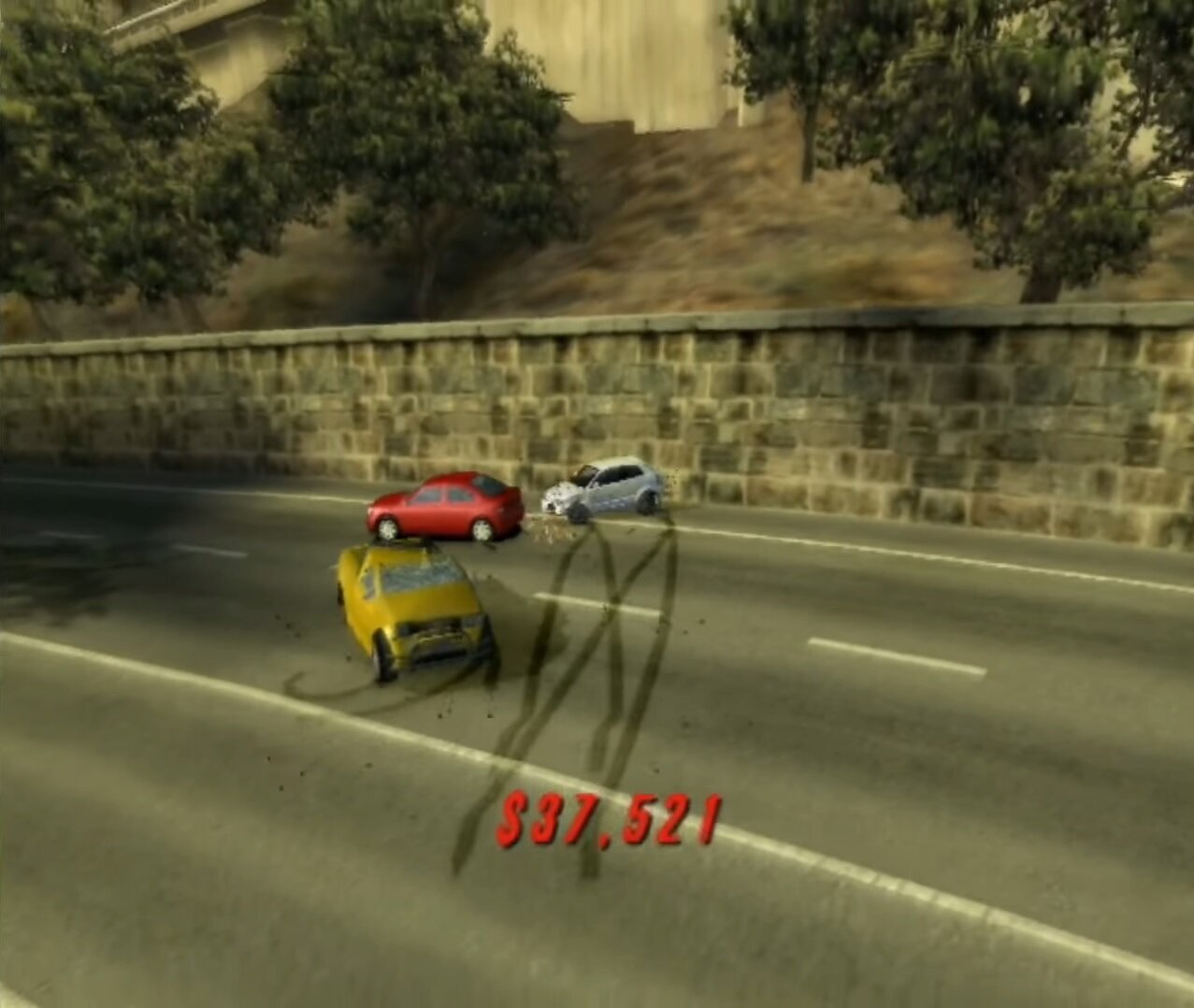
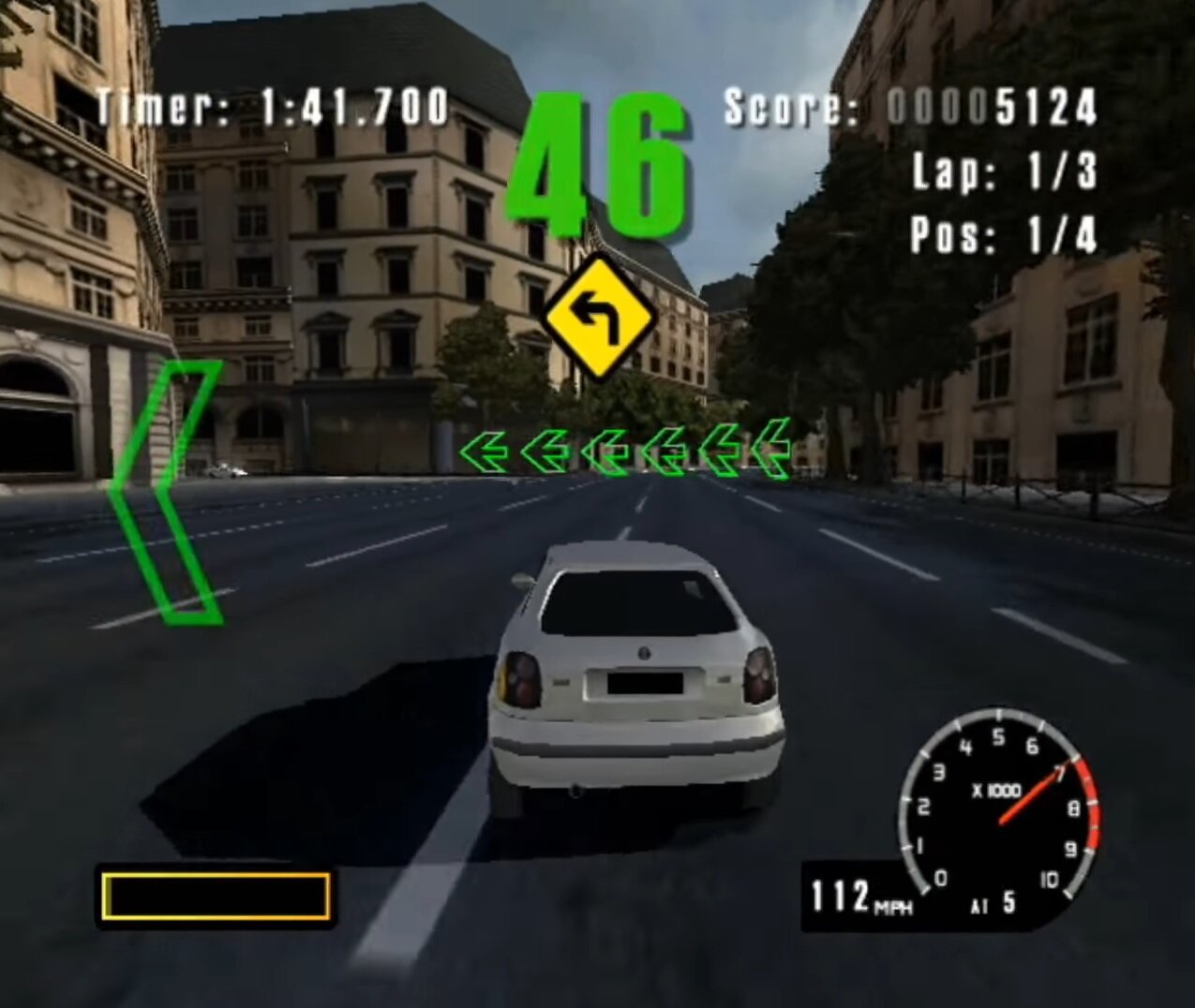
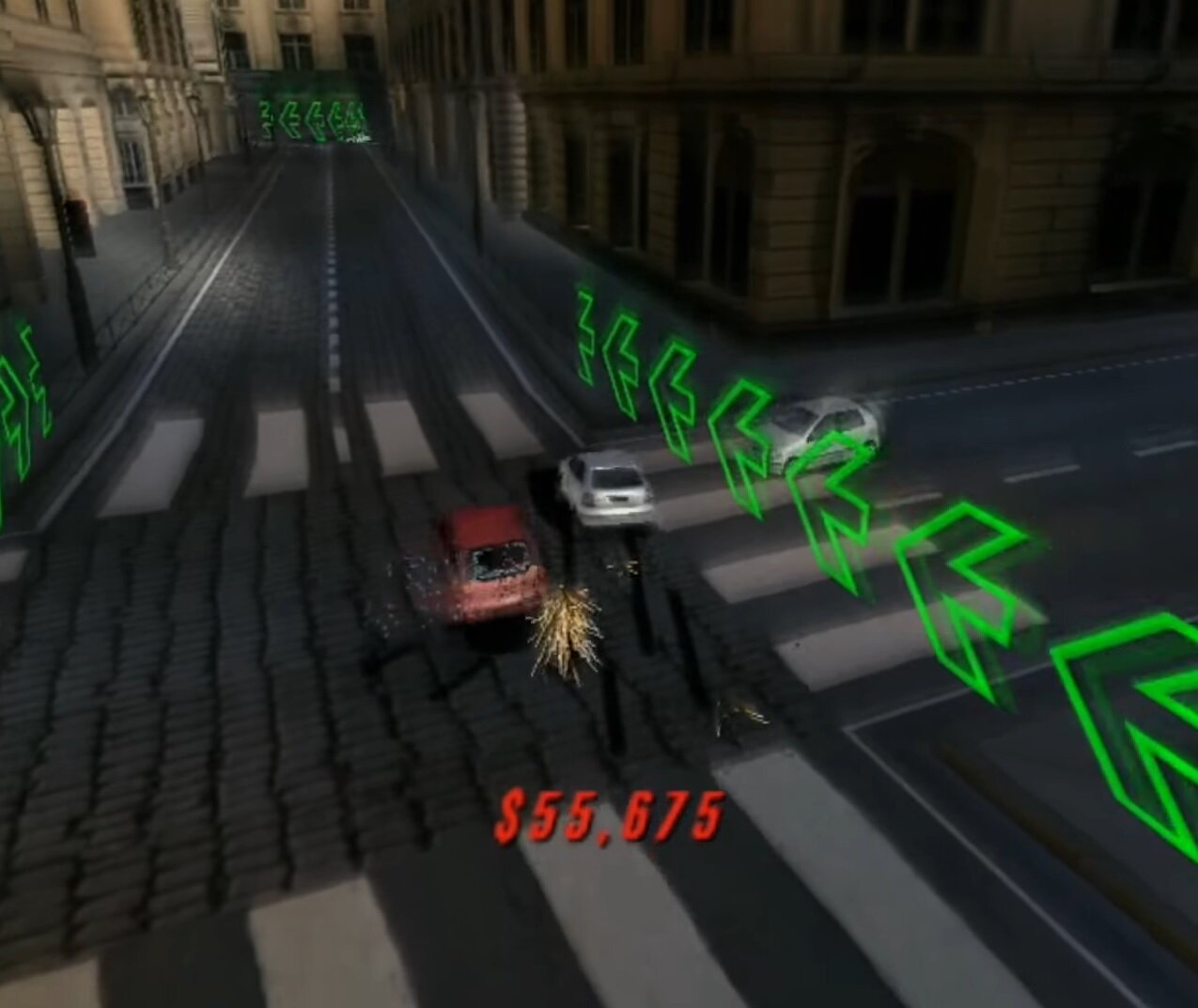
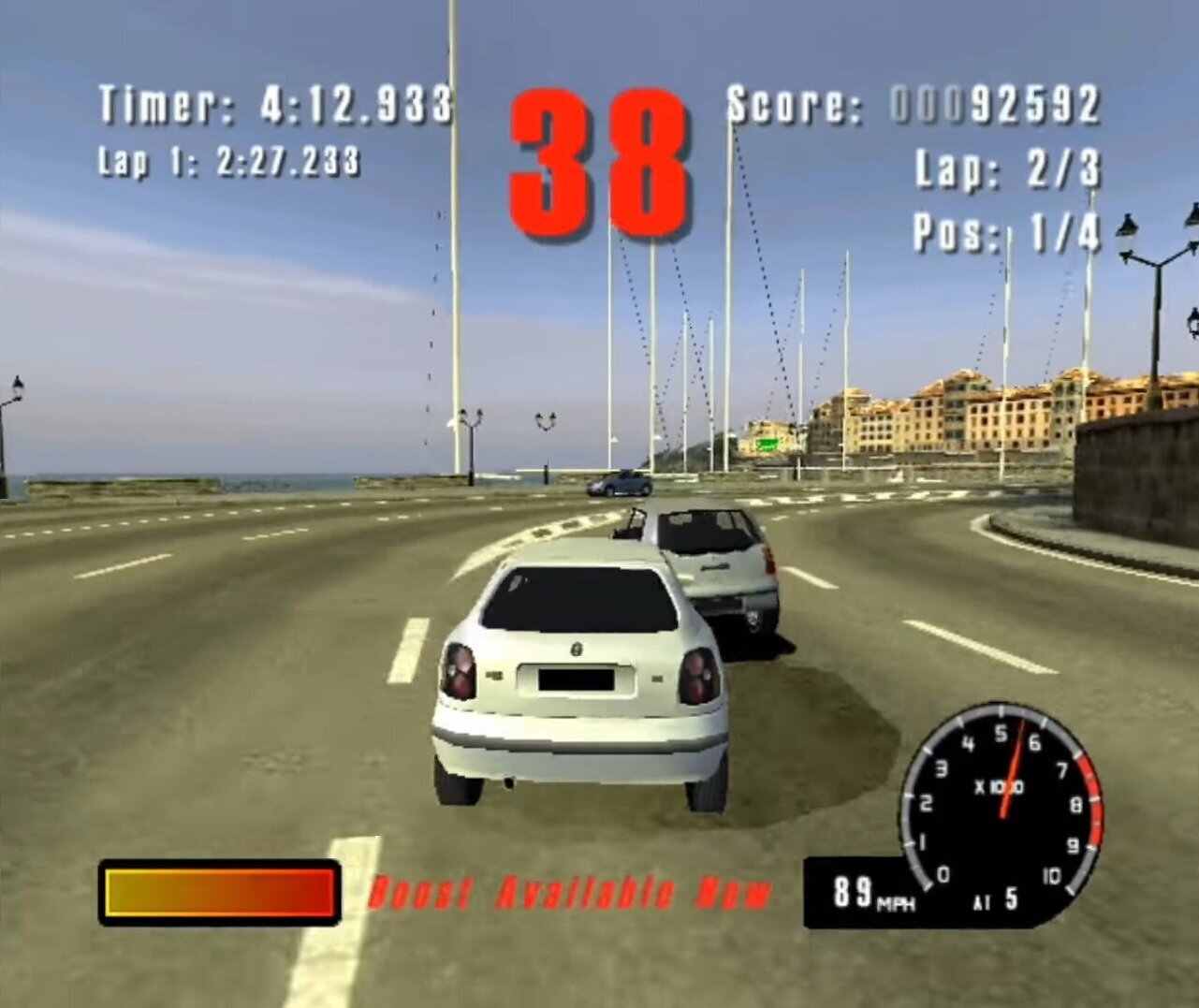
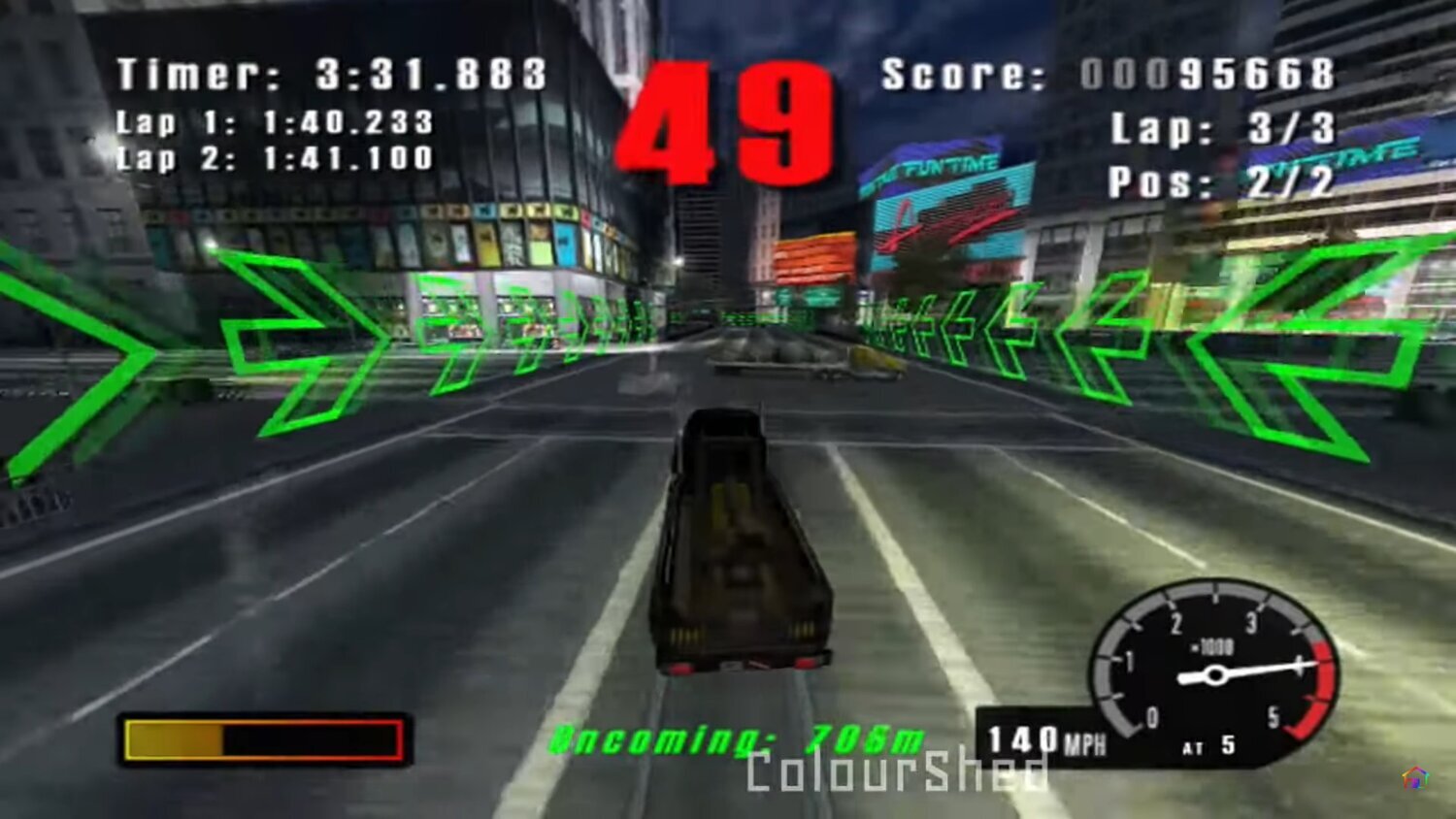



Last year thousands of layoffs beat down the spirit of the games industry. Despite this tumultuous state, some of the best games we’ve seen in most genres released and that’s worth celebrating. We only hope that 2023 will hopefully be a turning point for everyone involved in the games industry.